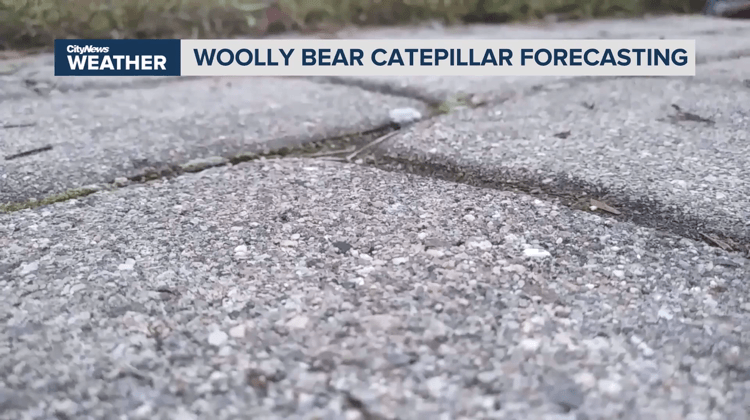Weather folklore: are red skies at night really a sailor’s delight?

Posted November 20, 2019 10:47 pm.
Last Updated November 20, 2019 11:53 pm.
This article is more than 5 years old.
We’re talking weather folklore this week and whether or not some popular fables are true. Let’s see what Stiles says!
———
As it turns out — Weather is not new. It has been around since … well the beginning of the earth and the atmosphere, or at least that is my best guess.
But weather instruments and forecast models have only been around for a few hundred years and satellites, only a few decades.
There have been some amazing advancements in recent years with technology that helps us understand weather and how it works.
But before that, to understand or predict what was going to happen in the coming days, weeks or even months, many turned to nature and what was readily observable. And those observations gave rise to many fables and much folklore about weather events and what they mean.
So we asked you which weather folklore saying you think is true.
We’re talking weather folklore – which of these popular sayings do you think is true? Meteorologist Adam Stiles will breakdown fact vs. fiction this week on Stiles Says. #cityweather
— CityNews Toronto (@CityNewsTO) November 19, 2019
Have you heard the saying “red sky in the morning, sailor’s take warning; red sky at night, sailor’s delight?” There is a reason that you probably have — because it is mostly true. At least here in the northern hemisphere and in the mid-latitudes on North America & Europe as well as the Atlantic & Pacific Oceans — hence the whole sailor connection.
The explanation is actually pretty simple.

Most of the time weather goes from west to east — with the very odd occasion on which it doesn’t — and the sun rises in the east and sets in the west.
When weather is moving toward you from the west, the sun rising in the east reflects off the approaching clouds and turns the scattered light of the sun back to you, filling the sky with vibrant colours — and hence might be taken as a “warning” for what’s to come.
At sunset, if the weather has moved on, you will see the reflection of the back of the clouds as they move away from you. Therefore if you are in the middle of the ocean, you might get a restful night’s sleep knowing you have a quiet weather night ahead of you — quite a “delight!”
But why is the sunrise/sunset red and why isn’t the sky that colour during the day? The graphic below explains some of the basic principles around how the light is scattered.

What about a few more sayings? Like this one
“When the dew is on the grass,
Rain will never come to pass.
When grass is dry at morning light,
Look for rain before the night.”
This one has some decent science to back it up.
Dew will usually form on a clear and calm night when temps can cool down to the dew point — that is a better measure of how much moisture is in the air than relative humidity. On a morning were no dew forms, it usually means you have more wind and likely some cloud keeping temperatures warmer and rain may be on the way. So it could be true.
What about “flies bite more before a rain?”
Your guess is as good as mine for this one! Whoever came up with it hasn’t been to Muskoka in June — those bugs will bite rain or shine!
While we’re on the subject of bugs — there is a tale that says you can tell the upcoming winter season based on the colour of the woolly bear caterpillar. Do you think this one is true? I might just have to ask the prognosticating groundhog about this one.

Drop us a comment below with the weather folklore you have heard and whether you think it is true. Perhaps we can dive into it and find out if it is fact or fiction.








